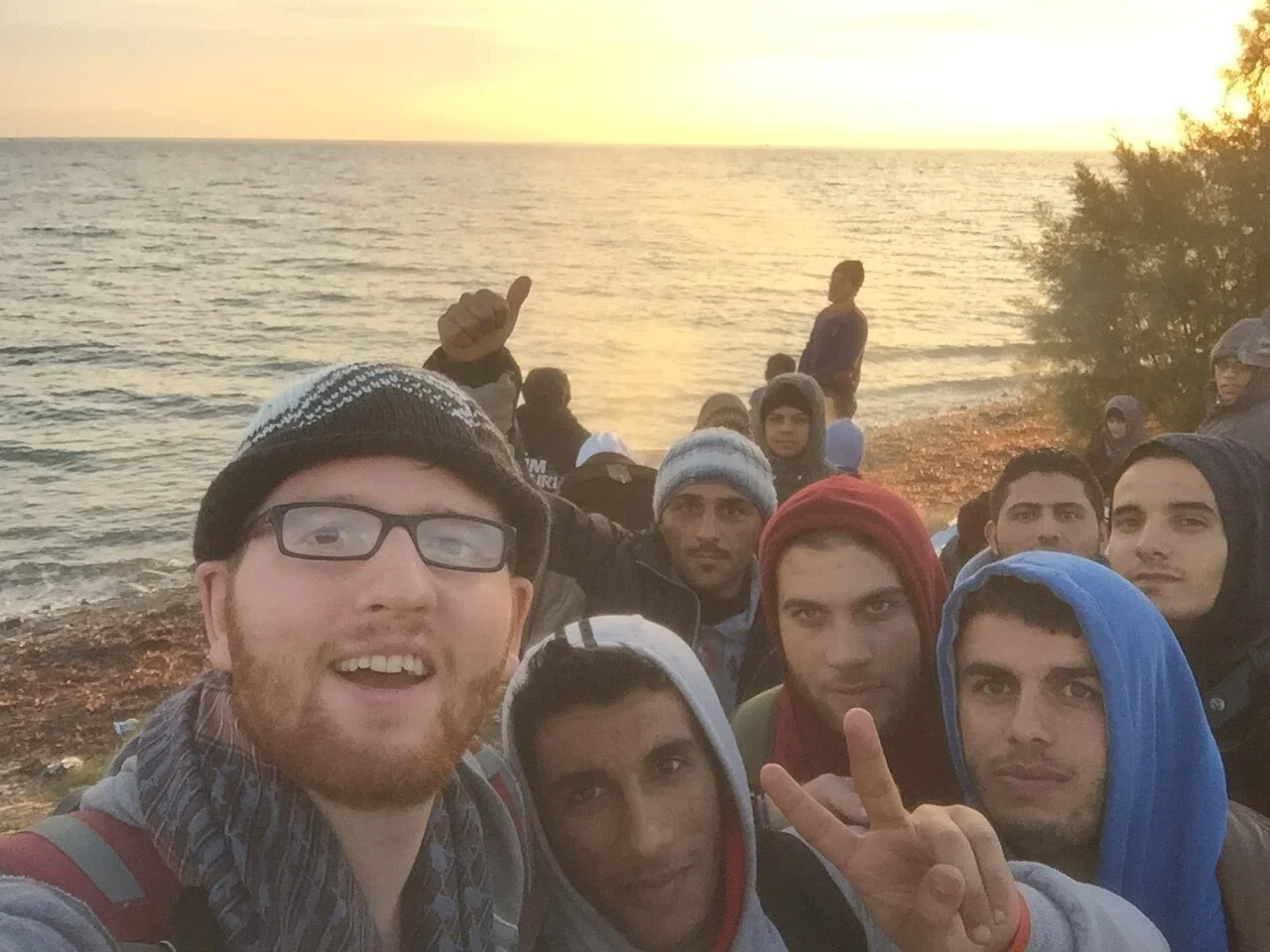West of the Tigris
$35.00
35+ pages of color photos of the people and surroundings from the one of the fiercest urban military engagements since WWII. (All photos are safe for all audiences) Free shipping within USA.
Softcover
38 pages
Printed in USA
Release date: 03-22-21

Good Done Better
Humanitarianism is good. But it is not always done well. Here are three principles to help you do good better!
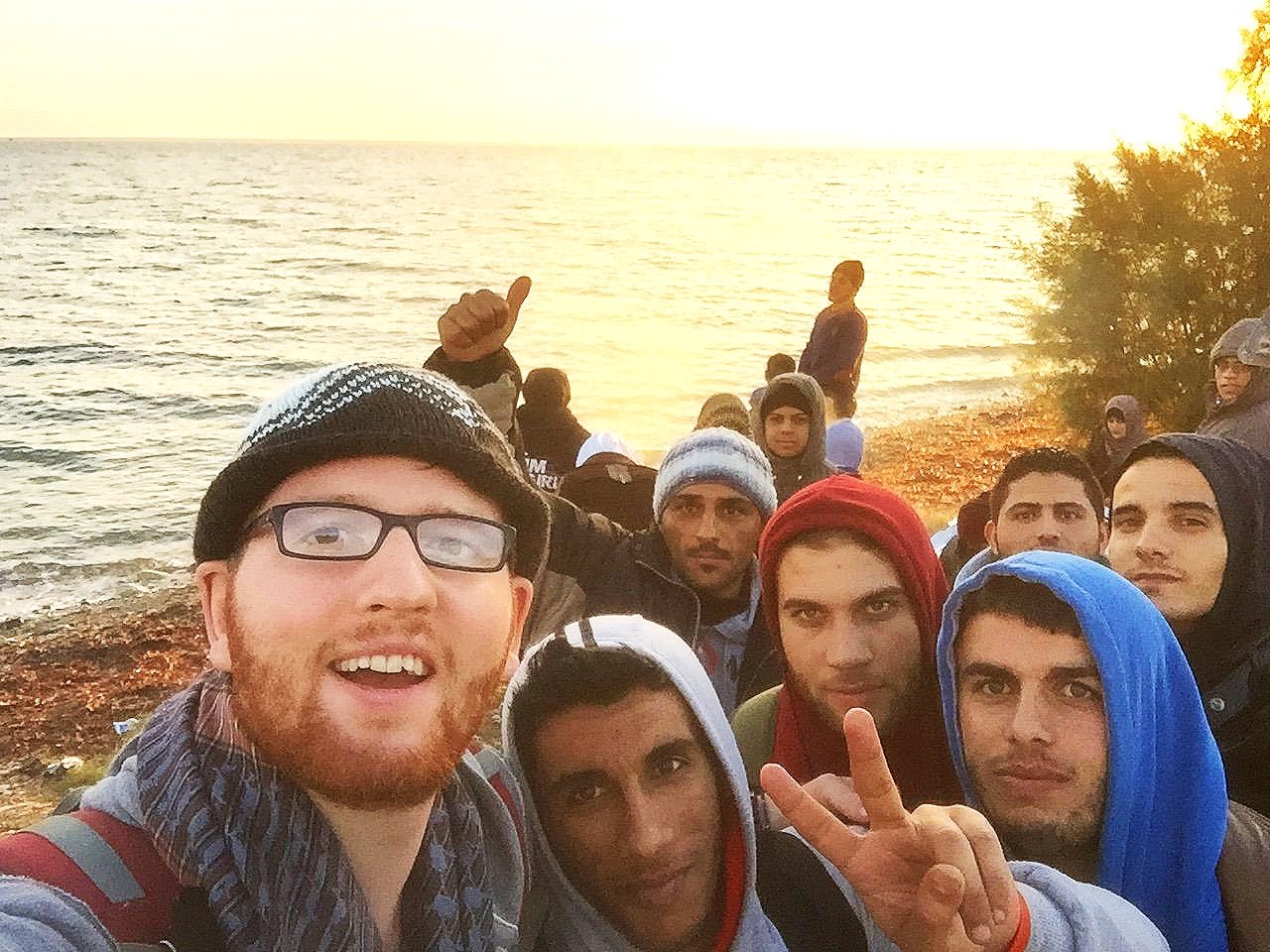
Refugees Adrift
What little food I had left was given to them. I wished I had more resources, but mostly wished I didn’t have to leave to catch my plane.
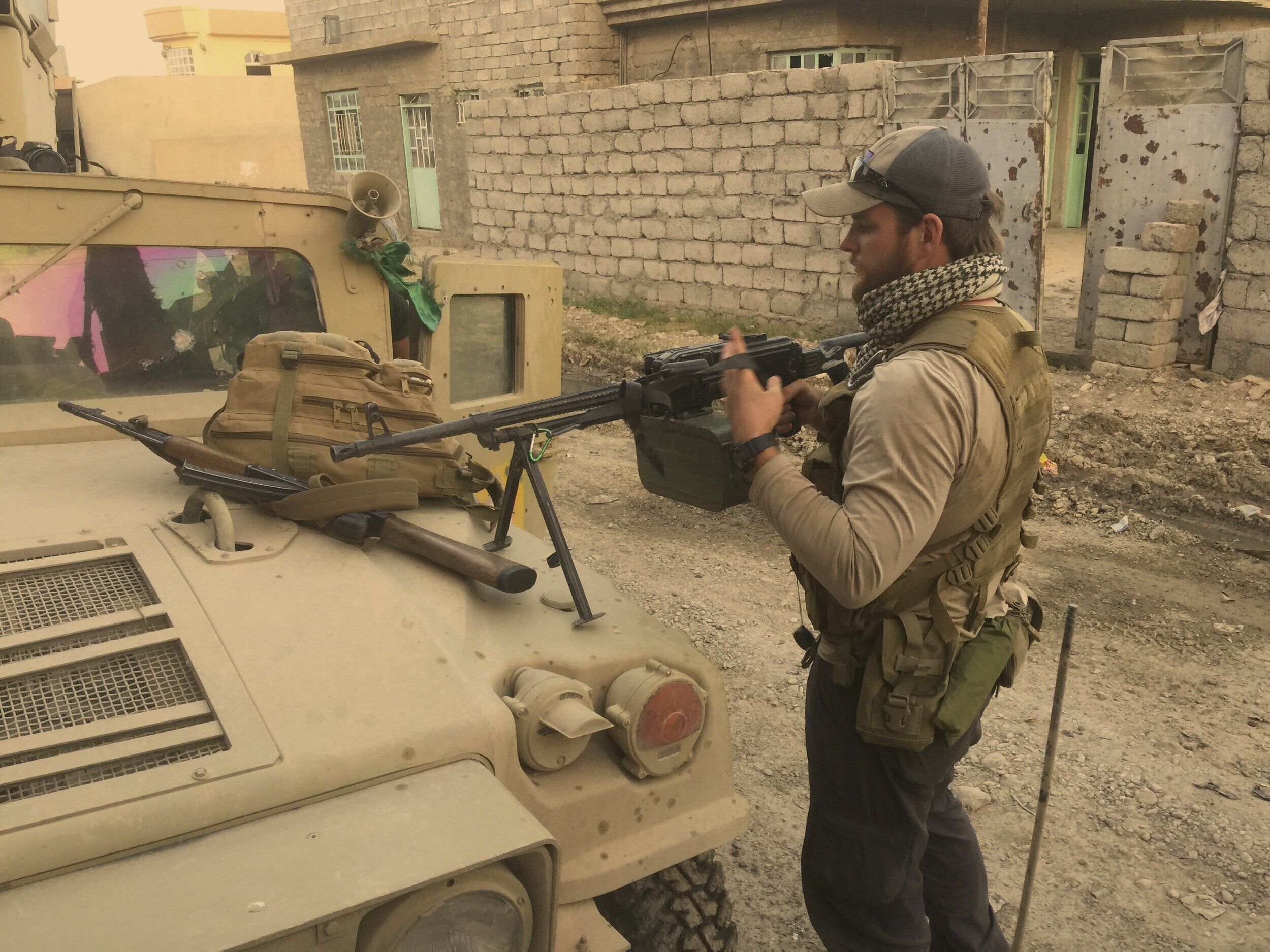
The Bravest Soldier
“Your brother was shot.”
My face went numb. Did he just get killed?
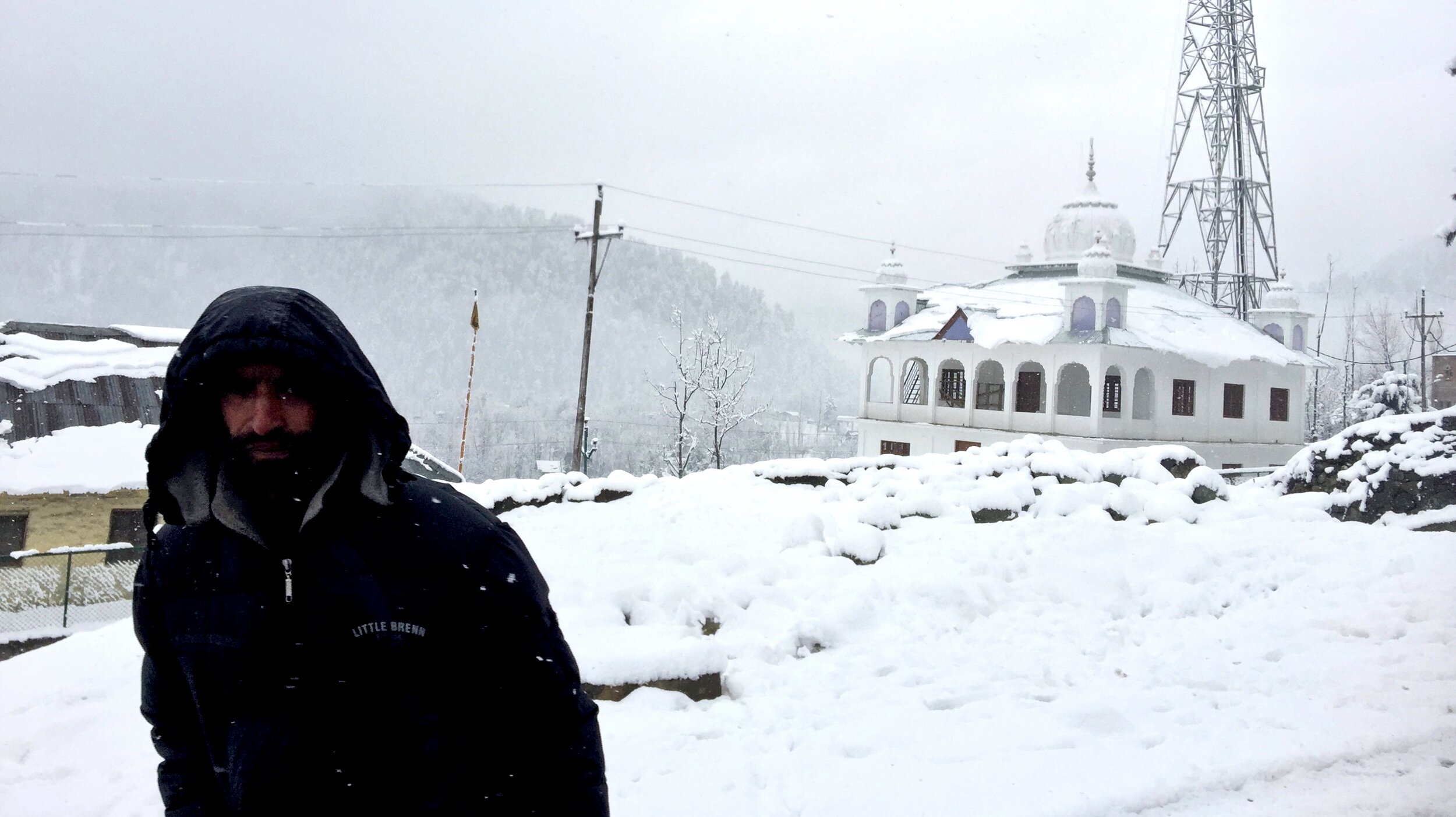
Kashmir
The old white jeep rumbled to a stop at the rustic roadside Down Hill Restaurant, just an hour outside Srinagar. This would be my last stop on the uphill journey to a mountain city near the Pakistani border...
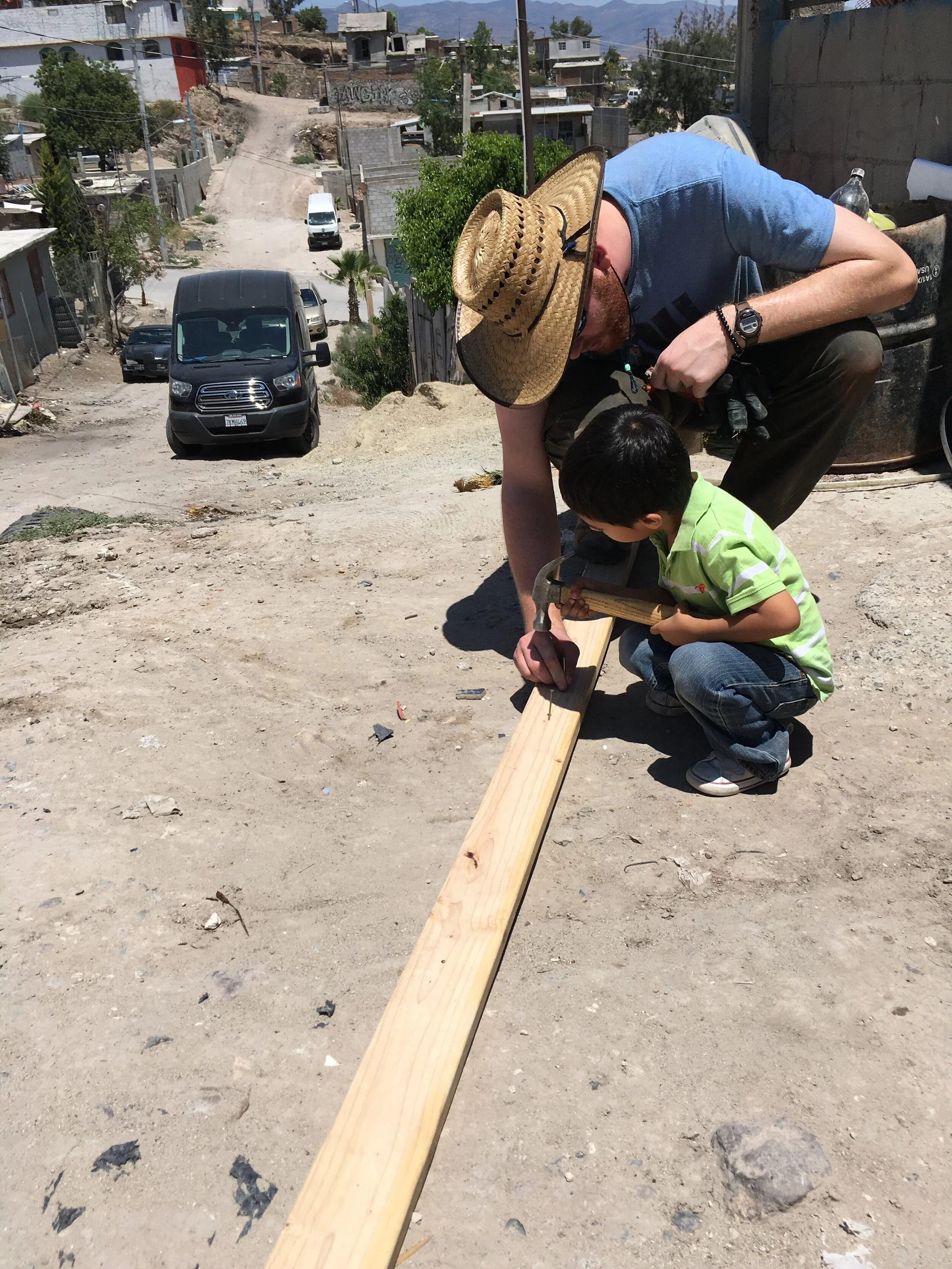
Good Done Better
Humanitarianism is good. But it is not always done well. Here are three principles to help you do good better
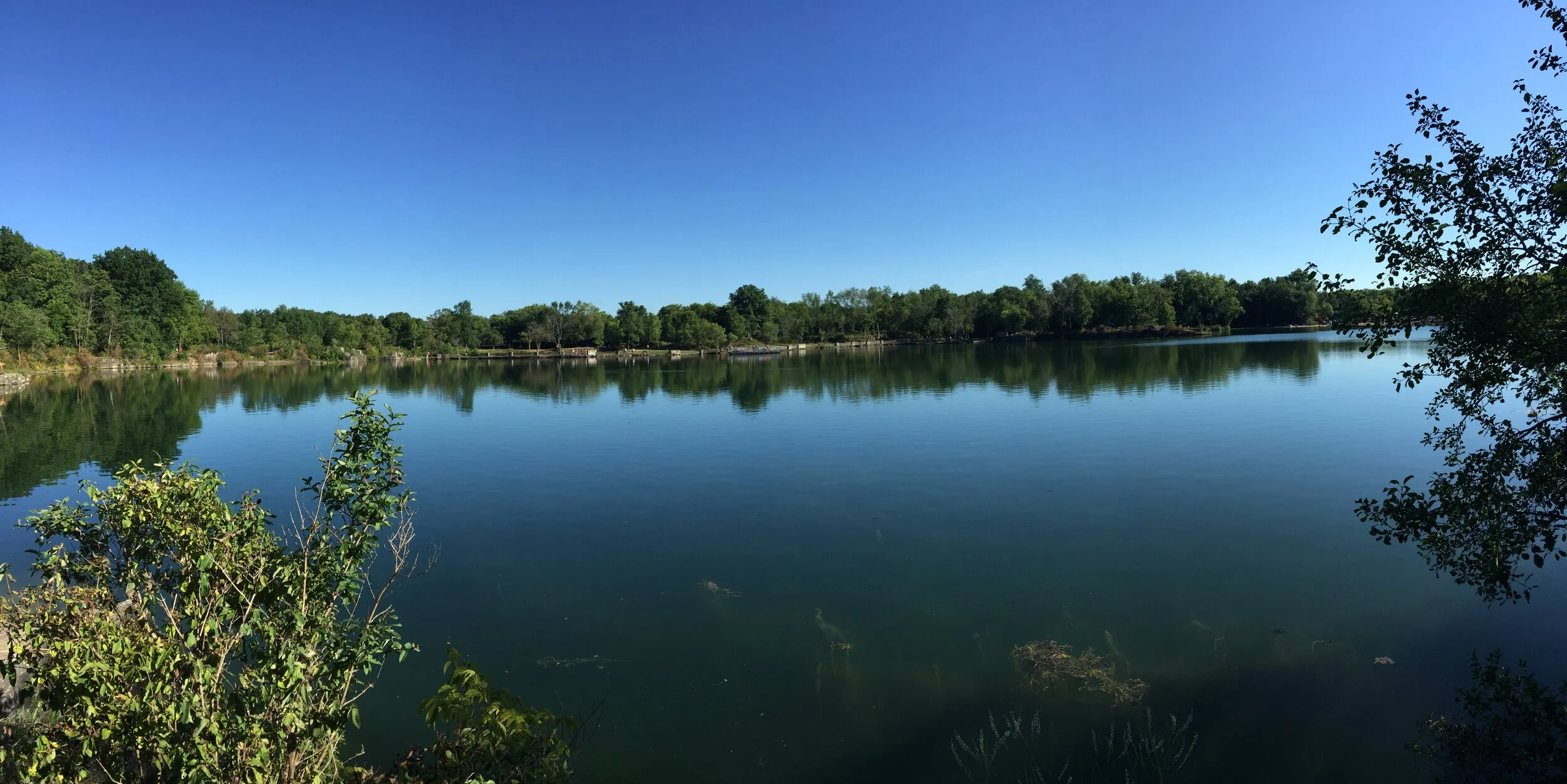
10 Humanitarian Standards of Excellence
The whole of this matter can be summed up in 5 well known words: Love your neighbor as yourself.

The Last Nazaheen
How to Camp at Moro Ridge Campgrounds
Hiking to the Moro Campgrounds is a fun and moderate climb. Nightly rates are $25. Each day the parking pass needs to be renewed at the ranger station.
Lower Moro Campground
At a glance:
Location: Crystal Cove, California
Type: Primitive, Backpacking
Route: Moderate to Difficult (there were very few children up on the ridge trails)
Details: Check-In 02:00 pm, Check-Out 12:00 pm
Reserve: $25/a night plus $8 reservation fee. (updated for Autumn/Winter 2020/2021) Lower Moro Campground, Upper Moro Campground
Map: Crystal Cove Trails Map(pdf) Printed maps given upon checkin.
Amenities: Some sites have wood picnic tables. Camp fires are not allowed. Small backpacking stoves are okay. There is a pit toilet available sponsored by REI (Thanks, REI!). TP not guaranteed. Water is only available at restrooms located at parking lot. Pack out your garbage.
Clean toilet facility, with sponsorship from REI
Snakes: Be careful, there are venomous rattle snakes in the area. They will usually leave you alone. The most common victim is curious 12-16 year olds on the hands and arms.
Note: You have to renew your parking pass in person daily. The station will not be able to print more than one night pass at a time. You will have to hike back down to the station to renew for the next day.
Storytime
“You need to come back down tomorrow to renew the parking permit,” the park ranger informs me as I show him my two-day camping ticket.
“Are you serious?” I genuinely ask, knowing this would be a perfect time for him to set the joke and then leave us laughing. We had two nights planned; one at Lower Moro Campground and the next at Upper Moro Campground.
But he is serious. “The machine won’t let us print multiple day passes.”
My wife who is driving takes the pass and tapes it to the inside windshield. We thank him cordially and drive down a half mile to the parking lot. Ahead of us is a 3 mile hike from sea level to camp on the ridge with an elevation gain of 900 feet. The ranger just told us we would have to hike back down 3 miles and then back up just to renew the parking pass. I wished I had known before hand.
Not a huge issue. We are there for hiking anyways. But the planned hike for the next morning was to be in the completely opposite direction, and with a group of friends that was to meet us at the top of the canyon.
“I will have to do some major hiking.” I think to myself.
At 12 miles my body screams for me to stop at the top of the steep and strenuous Moro Ridge Spur. I have plenty of water but no more energy foods packed. My body is in overdrive to metabolized my stored fat reserves and it is sapping me of all my energy. I still have another mile to get to Lower Moro Campground where my wife is waiting for me. I push on, every step weighted by the distance and my arms propped up by the trekking poles. At last, I arrive into camp and collapse onto the disassembled tent from exhaustion.
View of Santa Catalina Island from Crystal Cove State Park, CA
I can feel my body begin to go into shock. I notice that I am hyperventilating, My breathing is too fast and isn’t slowing down, even after resting for a few minutes. Inhaling through my nostrils and exhaling through my mouth, I work to control my breathing rate. My face is feeling numb and my hands are showing signs of cyanosis. I lie down in the recovery position and eat some dried Turkish apricots to boost my blood sugar which I can feel has dropped dangerously low for the trek. The wind is picking up causing my core temperature to drop. I remove my sweat-soaked shirt and zip up my dry rain jacket.
If I don’t get warmed up and reenergized quickly, this could turn into a real medical emergency. Although I’m completely worn out, I have my wits about enough to know whether or not to have my wife call the ranger station for help. I ask her to watch over me just in case I pass out. The portable oxygen canister was completely empty before the trip; I forgot to check its levels before the trip.
20 minutes passes and I can literally feel my body metabolize the sugars. Energy surges through my veins. My respiratory rate returns to an elevated normal and I struggle to stand up, but I am able to do so with confidence. I still have to hike another mile to Upper Moro Campground and make camp there since Lower Moro was completely booked for our second night.
I end up doing a brutal 15 miles and 30,000 steps in one day.
Canyon View at Crystal Cove State Park
4 Take-aways:
1) For rigorous wilderness treks, be prepared with plenty of clean water and energy bars and fruits. That’s why normal trail mix is a marvelous essential as it contains a variety of carbohydrates, sugars, and fats that will keep you going longer.
2) Be ready for wilderness emergencies. Even though you might not be at a high altitude where the air is thinner, having an emergency backup of O2 can help you in an emergency. Just make sure it is a full bottle!
3) Being prepared for emergencies includes knowing your own body and how it reacts when under duress. Push yourself to the limits, but learn to read your bodies signals. Know when to rest and rejuvenate when your body says so to avoid shock and hyperthermia/hypothermia.
4) Don’t be shy to inform your hiking buddies of how your body is feeling. If they found you unconscious, what possible medical information do they need to know that could save your life? (e.g. whether or not you have a bad allergy to bees and need to use an EpiPen if stung.) If you are hiking alone, wear a meditag with that info. Consider utilizing a GPS satellite messenger.
Good Done Better
Humanitarianism is good. But it is not always done well. Here are three principles to help you do good better!
During a 4-week trip to Honduras, I saw two things that made me go, “Hmm…How could it have been done better?”
I rode past a park several times a week. This park was partitioned into 3 or 4 lots. Each lot was a basketball court. The thing that struck me about these basketball courts was that they run down and empty. No body was playing and it was apparent that no-one had played there in quite some time.
I can’t be certain but knowing the culture of the locals I deducted that this probably had been sponsored by a well-intentioned group that didn’t live there. My guess is that it was funded by some sort of non-profit with the ideals to make the community a better and safer place.
The second observation was an abandoned schoolhouse in a colony in the hills surrounding the capital of Tegucigalpa. It was more than abandoned. The building’s materials had been “upcycled” into the surrounding community providing shelter and supplies for the daily use of the people.
When I inquired, they informed me that the local government has installed the school for the development of the community. Everything started well, but then the teachers weren’t paid by the government and left, and the abandoned building was utilized as raw material.
I was curious as to why nobody lived in the already constructed building. They could have used the solid walls and foundation for a better home. Many of the homes in the hillside community are constructed with mud which dissolve during the frequent rains. This is a hazard and is easily fixable, only if you have the resources to put in a solid brick wall, something many can’t afford. (Humanitarian construction techniques will be address another time and I’ll update this with the link.)
In both of these instances, the intention of doing good was not done well and this is evident by the lack of use (a defining factor of success includes the regular usage of a new resource). I am grateful that for my intents and purposes, one resource was (presumably) from an outsider and the other from an insider.
What then should have been done?
I am dedicated to finding the answers to these questions and other questions that relate to doing good for humanity.
RELEVANCY - CAPACITY - SUSTAINABILITY
Here are three starting questions to ask when trying to do good better with a long term impact intention (relief aid is short term and demands an adjusted set of questions):
RELEVANCY - Have the locals been asked what they need?
Presuming you know what they need can lead to an expensive project that never gets used.
CAPACITY - What have the locals already tried, or what do they want to try?
Most of the time the people have the skills and motivation to design solutions. They just need support.
Sometime’s it takes an outside look to bring fresh ideas
SUSTAINABILITY - When I am gone, how will the project be sustained?
The locals have to take ownerships of the project. If the project belongs to an outside, then it will be the outsider’s responsibility to upkeep and support the project.
The Bravest Soldier
Mosul, Iraq. Summer 2017
“Your brother was shot.”
My face went numb.
“He’s okay. It was just in the leg.”
I looked at Dlo. His face was tired but alert. He was the lead interpreter and translator for the group. He was strong. Brilliant. Always well dressed and ready to go at a moment’s notice. He never complained, not even once. I wondered why he wasn’t up at the frontline with Dave of Free Burma Rangers.
And why hadn’t he just called me on the radio? He couldn’t get through to me he said while jumping into the back of the ambulance.
I put the vehicle into drive and sped off down the road towards the battle. I had done this at least a dozen times. My brother was on the other side of Mosul. I knew the way. But the Iraqi army had recently bulldozed several streets open again and Dlo had to show me the way.
We came upon a bombed out mosque that had been converted into a Casualty Collection Point (CCP).
I ran inside and there was my brother on his back. He had a big bandage on his leg and no one was attending to him. I knew he would be okay.
His fight would be over and he would be heading back to Erbil with several nurses who had finished their commitment.
A couple of weeks later we would reunite in Erbil and I would see him off at the airport.
He recounts his story in his book: City of Death: Humanitarian Warriors in the Battle of Mosul.
My brother is my hero. He is a brave man with a kind heart and a strong sense of justice. A true warrior. He’s just a good dude.
BTG. NBD.
Refugees Adrift
What little food I had left was given to them. I wished I had more resources, but mostly wished I didn’t have to leave to catch my plane.
An early morning sun broke the darkness.
As I drove past olive groves and through the sleeping little towns, I suddenly saw the morning sun peaking on the distant horizon.
The last several days I had spent helping a UNHCR better organize their camp for the coming refugees. I had waited for the refugees, but nobody had come due to the stormy seas.
As I made my way towards the little island airport there on Lesbos, Greece, I spied a boat adrift on the open sea. Over the next few minutes as I made my way along the coast, several more appeared dotted on the horizon.
The refugees were coming and I was leaving. At first, disappointment washed over me. I had wanted to meet them, to interact with them, to hear their stories. But nobody had dared to face the restless sea for a few days.
Suddenly, in the dawning light I spied a beach campfire. A group had landed! I drove past and onward for a few minutes to see if I could find any more. Only old beach fires and discarded life vests littered the shore. I turned around. I wanted to say hi to them.
At first, they were afraid. I smiled and waved and said, “Welcome!” Little English was exchanged. but smiles, hugs, and snacks were. Only the men came to greet me. They had left last night from the shores of Syria.
The women and children stayed huddled by the fire. Their energies just focused on staying alive and staying warm. The morning was very cold and I was grateful they had made it. Another boat adrift with refugees was nearing shore and I had to leave.
Their journey was just beginning from here. I had no idea when they had started it. I had no idea where they had hoped to go. I said a prayer of protection and peace for both them and their homeland and the many millions of others who sought a better life.
Recently I heard about the camps at Moriah on Lesbos. The locals have given more than they have expected for many more years than they had hoped. I hear reports about violence agains the aid workers. The government has not been able to keep up with the influx. Many more are coming but they need to be processed well.
It is a complex situation. The refugees don’t want to live in a land of war and so they leave. But the neighboring countries are afraid of the clash of cultures; they don’t want to loose their way of life either.
What is needed?
I think three things to start will help:
An intentional and continued support of processing the fleeing refugees.
Health and cultural adaption resources are critical in this.
A strategic system to help develop their homeland. Most of them want to return to their land of birth but will not as long as the authorities are fighting and religious fanaticism not expressed in a deep and true love continues to kill, steal, and destroy the people and their homes.
A global awareness and intentionality to help. Many of the refugees have the skills and motivation to design solutions, but they need support. They deserve respect and resources.
















